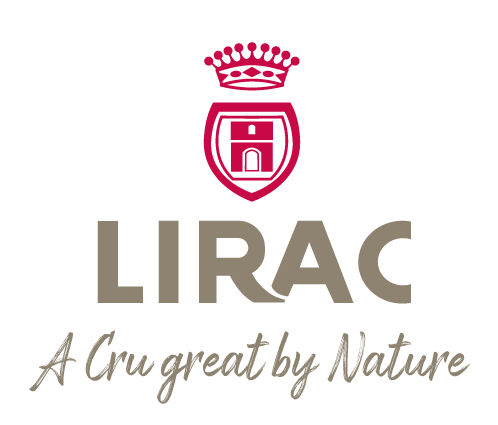Everything for freshness. Here flows the «green water,» the one that comes from the trees, carrying the breath and the luminous freshness of Lirac wines. The rugged and sometimes inaccessible geological nature of certain places and the discreetness of the appellation have not harmed the forests. Elsewhere trees have been felled, here they are respected.
Elsewhere trees have been felled, here they are respected.
Kermes oaks, white oaks, green oaks, strawberry trees, wild roses, junipers, olive trees, laurel-thymes, hackberries play a major role on the stage of climate change.
More trees than vineyards
The 1,200 hectares of the appellation are under the benevolent protection, the beneficent breath of 2,500 hectares of forests whose salvific breath contributes to the particular nature of the wine and adds freshness to the slender silhouette of the textures. In this protected setting, a microclimate bestows its benefits on vines often exposed to the rising sun given the terrain, which promotes a decrease in the duration of sunlight and contributes to the freshness of the wines.
The profile becomes more refined, and the freshness is reinvented thanks to later harvests favored by the surrounding vegetation. The sensation is no longer that of alcohol; it softens in the low pH of the soil, in slow ripening due to a proper balance between the sugar and acidity of the grapes. Biodiversity here is called «nature,» and it has been this way forever. But Lirac does not stop at this preserved biodiversity and continues to plant trees. A reforestation campaign is underway, supported by the patron Pure, a company specializing in decarbonization and financing environmental projects in agriculture. New plantings of hedges and trees are planned and carried out with the support of the entire wine-growing population. The goal is to plant 5,000 trees in 3 years.
To preserve all these achievements and with the desire to go even further in respecting the vineyard’s vegetal capital, an environmental component endorsing the changes and developing the future commitment of winemakers will be included in the appellation’s specifications.
An extraordinary vegetal heritage
«We have managed to preserve our trees and old vines,» says former appellation president Rodolphe de Pins, proud of this historical vegetal heritage that speaks of the community’s attachment to its nature: to the trees but also to the vines, some of which, preserved since the 1960s, have never been cloned and represent a reservoir of old vines capable of producing authentic Lirac wine. These plants with unique genetics have become nearly endemic, embracing the original nature of this wooded land. Very old clairettes with evocative twists bravely raise their wood against the Mistral; nearly century-old mourvèdres extract a final burst of freshness from the subsoil, while the preserved genius of ancient grenache goblets lends style to the blends.
Stimulated by this lush environment, vintners have converted 53% of the plots to organic farming and 23% to biodynamics. Forests such as that of Clary and Sainte-Beaume are the lungs of a vineyard that exudes health. Located on the edge of Sainte-Beaume, a cave that served as a refuge for Catholics during the religious wars, flanked by a chapel, has become a sanctuary where hermits withdrew for centuries, until the Lirac town hall made it an emblem of its preserved ecosystem. Barely visible in its vegetal setting, the Hermitage of Sainte-Beaume inspires the new identity of the wine.
The Terroir
“Our wines benefit from the finesse of the soils; they are in tune with the times with the brightness of the fruit, liberated from the dictate of power to favor their refreshing nature. Discovering them is adopting them”
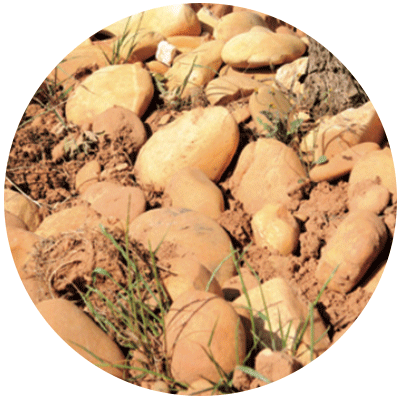
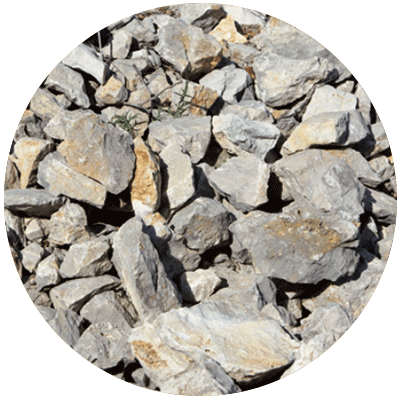
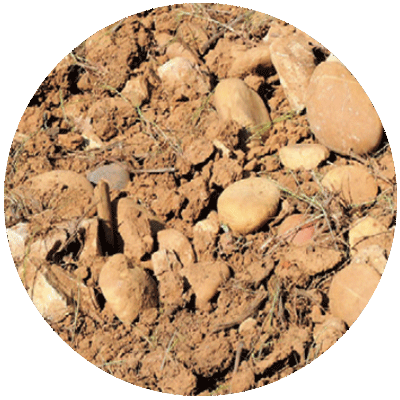
Safres, marls, pebbles, limestones
The high Quaternary alluvial terrace of the Rhône constitutes the terroir of Lirac, which geological upheavals have contributed to complexify. This work of time will leave a common expression perceptible in the mouthfeel of the wines, revealing more than just a soil but telling the story of this land compressed between two faults: the Nîmes fault and the Roquemaure fault. One runs from east to west, the other descends from north to south. Between them: valleys, terraces, and plateaus create the fragmented relief where ochre sands, yellow pebbles, and gray limestones of the Barremian draw the colors of Lirac’s soil and the diversity of expression depending on the villages and plots. The sandy marls and sands of Roquemaure and Saint-Laurent des Arbres are the most striking. In the municipality of Saint Géniès de Comolas, Villafranchian strewn with rocks deposited on the safres base.
The grape varieties
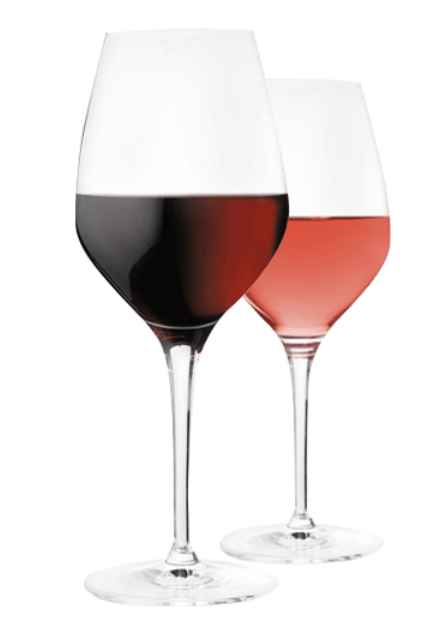
Grenache Noir
Finesse and opulence
This great grape variety is the basis of southern red and rosé wines. It resists wind and drought well. Its aromatic potential and balanced tannins make it an essential grape variety for the production of red and rosé wines of the appellation. It produces rich and generous wines and also gives them a lot of finesse and harmony. It allows wines to have superb aromas of ripe black cherry, licorice, spices, black fruits and cocoa.
Syrah
Structure, nervousness, aromas
Syrah appreciates more difficult and less sheltered climates. It is a very expressive grape variety. It gives great aromatic richness: scent of red fruits, violet, leather, blackcurrant, blackberry, blueberry… It also provides very good coloring intensity and a beautiful tannic structure. Its tannins are dense but they also bring a nice finesse.
Mourvèdre
Tannic power, aging capacity
Very demanding in heat and light to ripen properly, it is more often planted on the edge of coastal areas and for Lirac, in warm inland areas. When blended with other grape varieties, it gives nice relief to traditional southern grape varieties (Grenache, Cinsault). It gives evolved Lirac beautiful animal or undergrowth notes, truffle, very ripe fruit and liquorice as well as a powerful intensity.
Secondary grape varieties:
Carignan et Cynsault
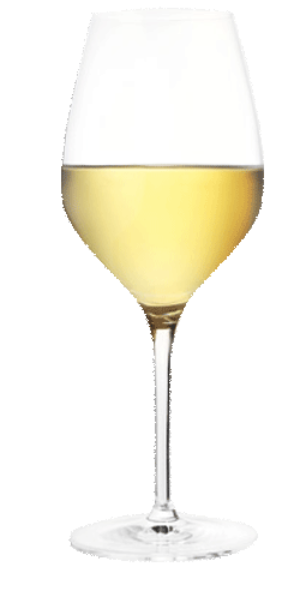
Grenache White
Length and smoothness
It is the great grape variety of Mediterranean vineyards subject to summer drought and the mistral. Like Grenache Noir for red wines, it produces white wines with a beautiful aromatic richness. They are quite full-bodied, not very acidic, round and long in the mouth.
Clairette
Fruity et finesse
Originally from the South of France, this grape variety likes deep, clayey and stony soils. Clairette gives very fragrant wines, fruits and flowers, great finesse and immediate pleasure.
Roussanne
Elegance and aromatic complexity
This type of grape variety is very sensitive to diseases and finds its origins in the north of the Rhône Valley and is suitable for poor, stony soils, well exposed. It produces fine and elegant wines with a beautiful acid structure and great aromatic richness with notes of apricot, honey and hawthorn with subtle notes of coffee and narcissus. Endowed with a strong character, noble product of long-lasting wines.
Secondary grape varieties :
Marsanne
Viognier
